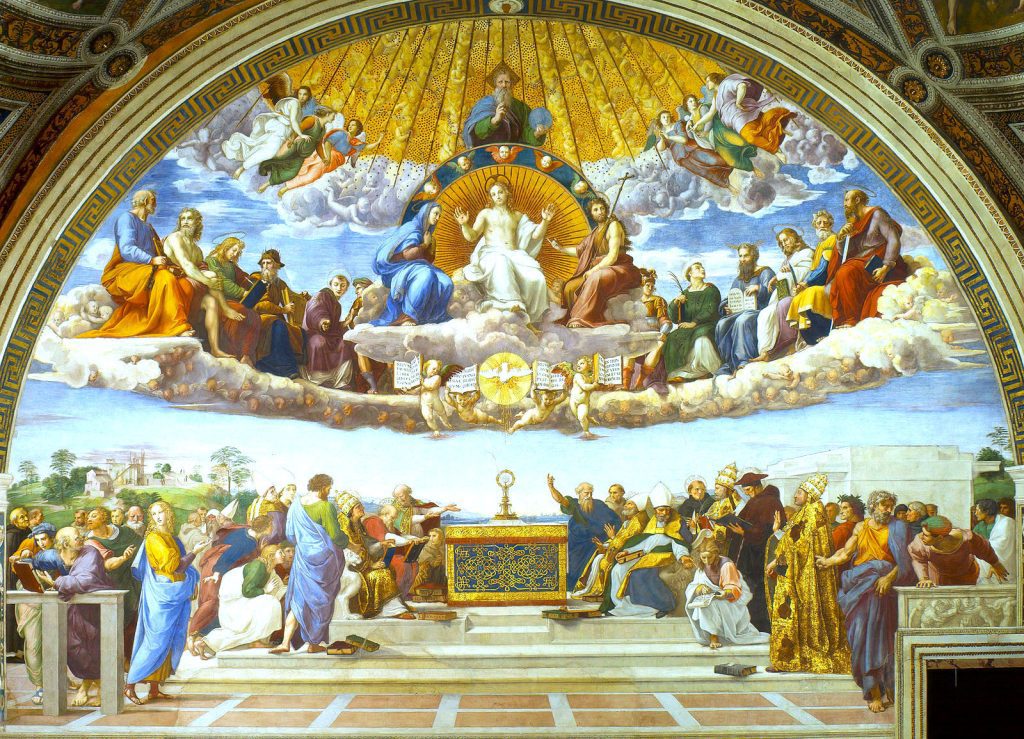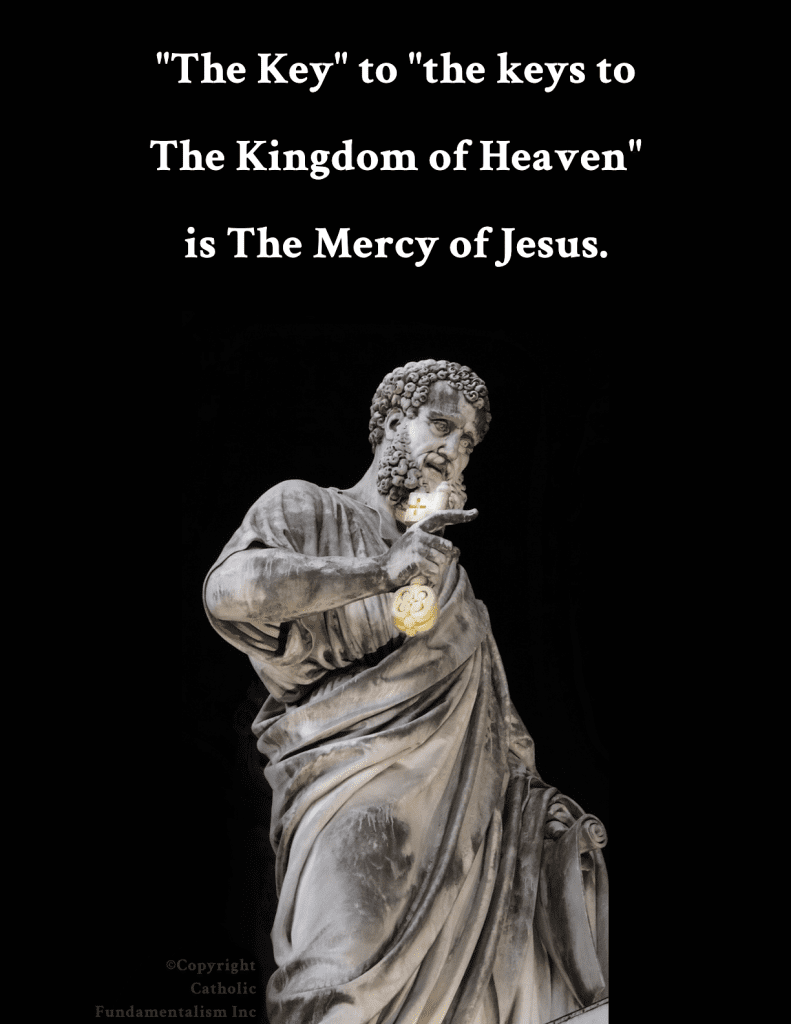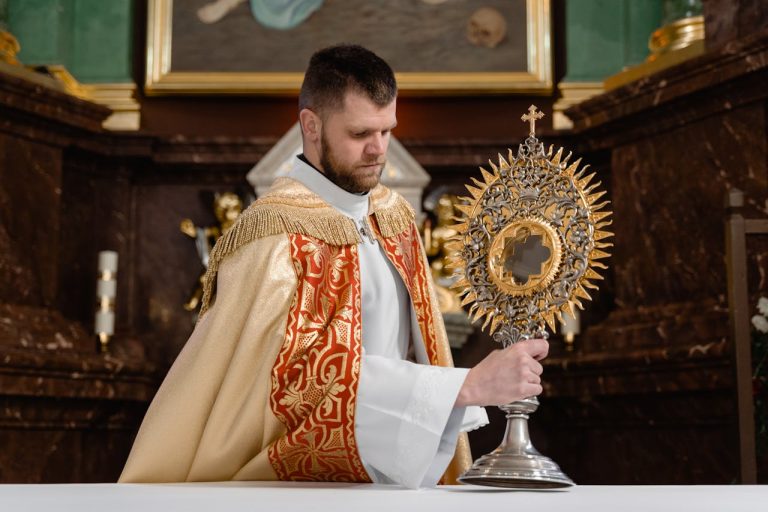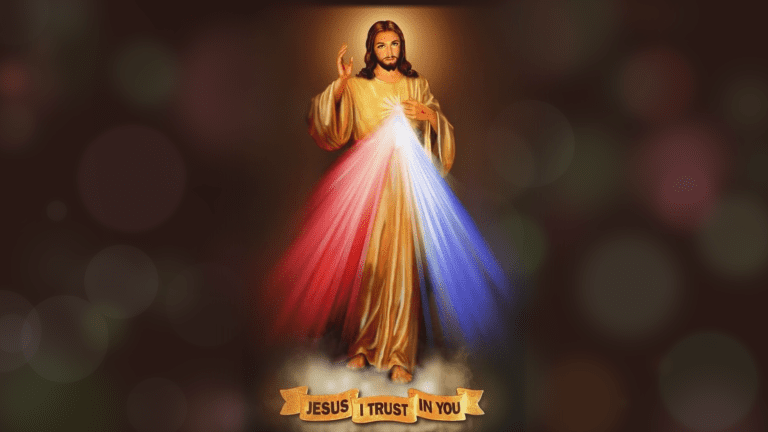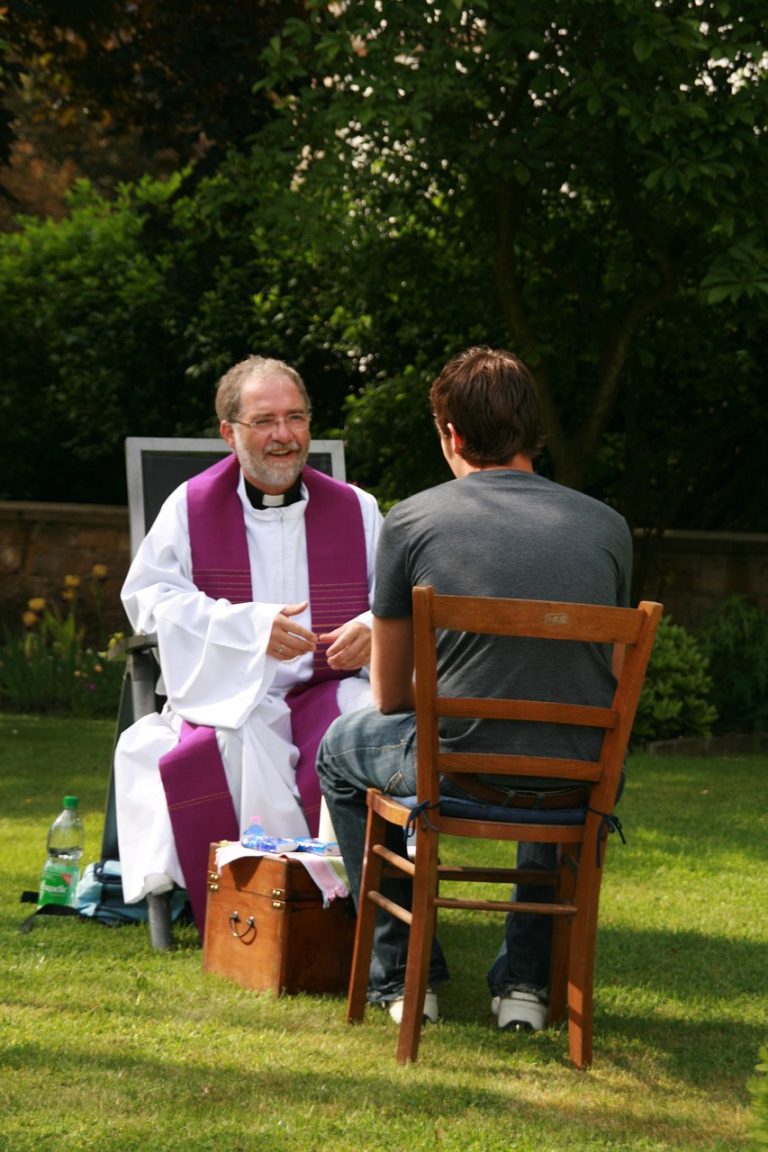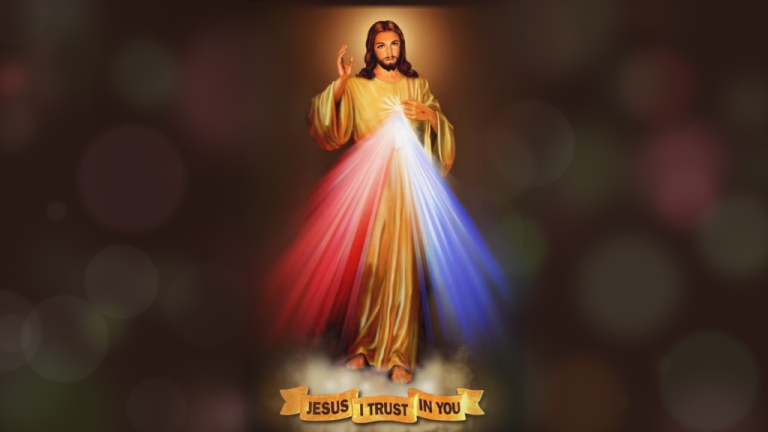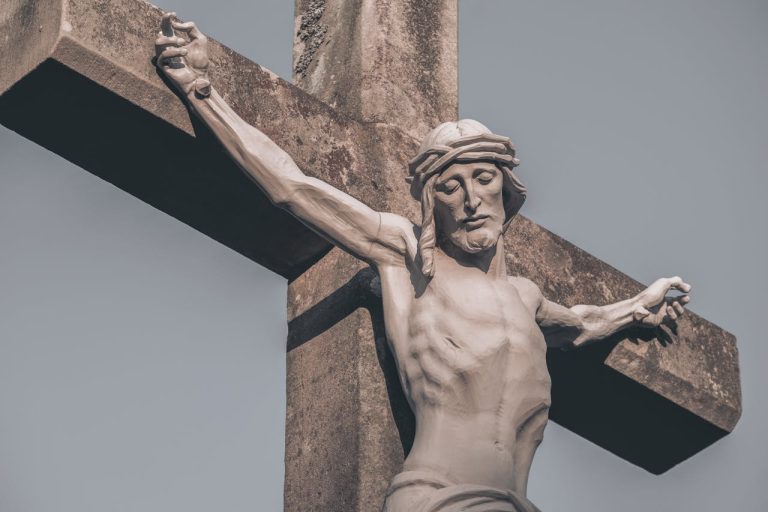Most Americans use “old money”. People with jobs get paid in “old money”. But, every time someone invents a new automation device, jobs disappear. History shows a clear trend toward “new money”:
A century or so ago, 90 people produced enough food for a hundred. Now, with tractors, planters, pickers, and transporters, two people provide enough food for themselves and 98 more.
If it once took five thousand people to make something on an assembly line, it now takes fifty. A doctor used to see two or three people an hour making house calls. Now, 8 or 10 are seen in an hour in the office and 15 an hour making hospital rounds.
Vacuum cleaners and automatic washers for dishes, clothes, and cars eliminated millions of household and service jobs. Self-service gas stations and ATM machines eliminated millions more. The less intelligent and the less skilled are the first to be unemployed by automation.
The “new money” comes from the difference between the old, higher prices and the lower production costs generated by efficiencies. Printing presses crank out the “new money”. It’s worth is validated by increased production efficiency. In Greece, “new money” is worthless because there is no meaningful production. Here, where actual output is meaningfully improved by production efficiencies, the “new money” has actual value.
Cultures have solved the problem of keeping unemployed people off the street in different ways. Aztecs used human sacrifice. Egyptians build pyramids. Catholic kings encouraged monasteries filled with holy men and women at work and prayer. American, German, French and English Protestant leaders ordered millions of infantrymen marched into machine guns. The Chinese sent the unemployed to build endless walls. Rome used bread and circuses. And, Rome often kept people off the street by killing them. The Catholic Church said that was wrong. Miraculously, love of God and neighbor prevailed.
As a result of Catholic teaching, we feel a need to supply food, water, medicine, housing, transportation, and clothing to those unable to work. Democracy has polluted that noble ideal. “People will vote for us if we give ’em stuff!”
The first “new money” was provided by “food stamps”. They let people obtain food at grocery stores. At first, non-essentials like pop, candy, or tobacco products could not be purchased with food stamps.
“It’s not fair!” food stamp recipients complained. “We’re people, too! We have rights! We’re just as good as anybody! And, we vote!” Now, food stamps have morphed into credit-cards. Deposits of “new money” can be made directly from central banks to the accounts of the unemployed.
Today, the “new money” buys almost anything, not just basics. Those adept at getting and using “new money” now make free calls on free cell phones to ask for more “new money” so they can buy even more.
Today, the “new money” allows those who use it to eat out at restaurants! How do they leave a tip? Experts are working on that, even as we speak.
Monks of the Middle Ages used their free time to pray and grow closer to God, help their neighbors, and work for the betterment of all. If some who received the “new money” did that, our society would be better. We could bring an end to abortion, drug addiction, and invasion by those sworn to destroy us.
Instead, one hears the coming call of a greater concern: “Now, we want free cars! Free gas! And, insurance! We want ’em, now! We deserve ’em!”
Might as well get used to How the “new money” works.

